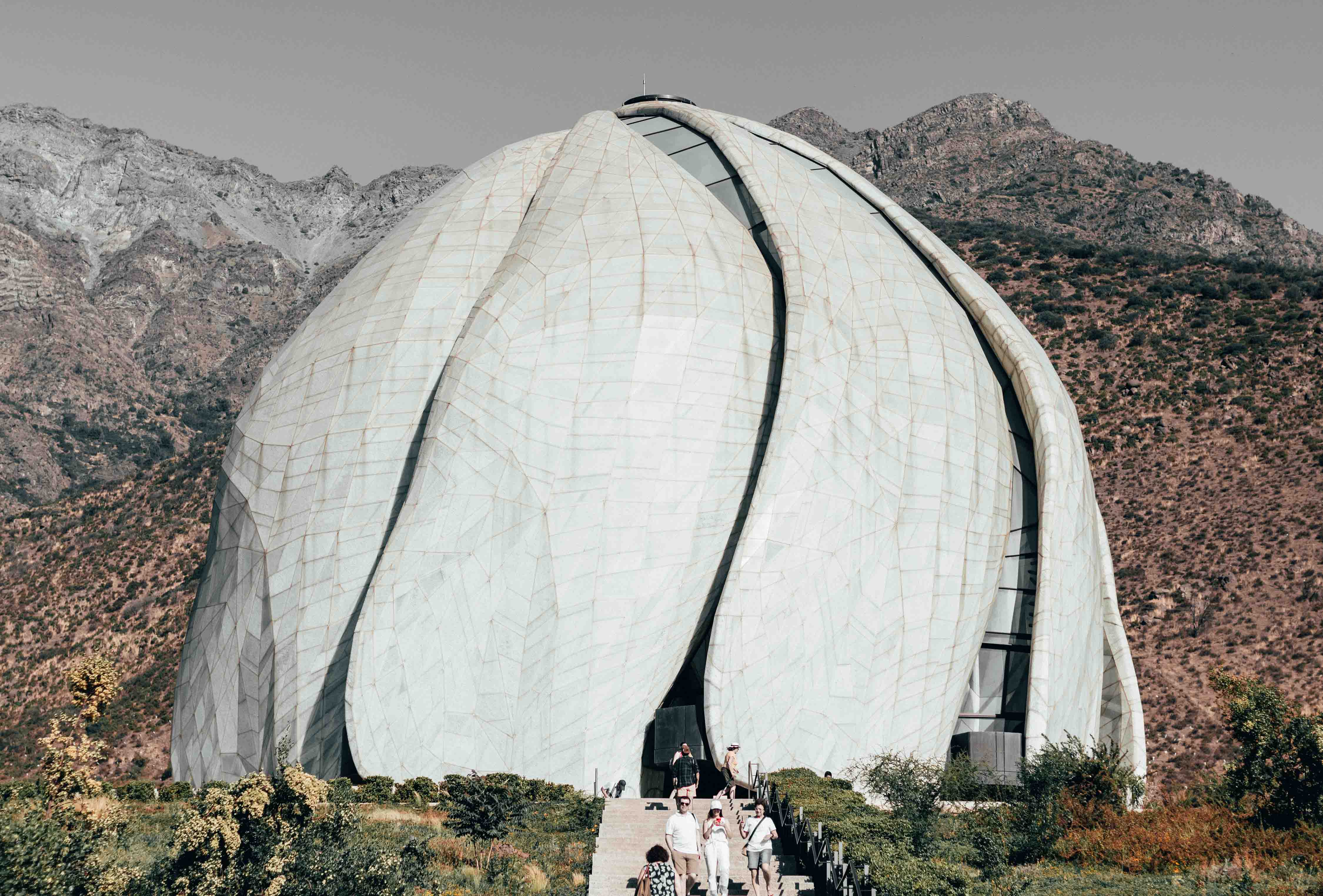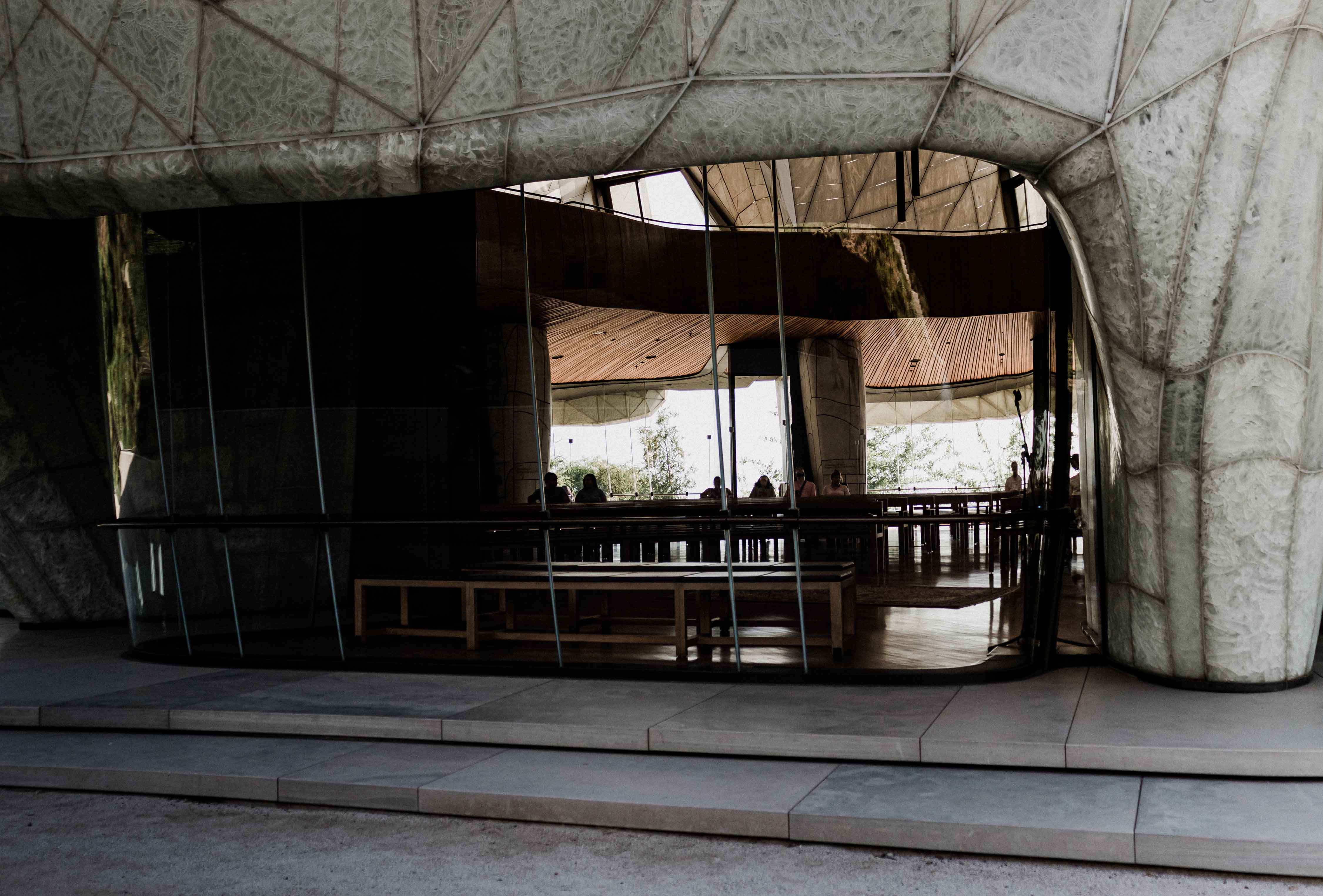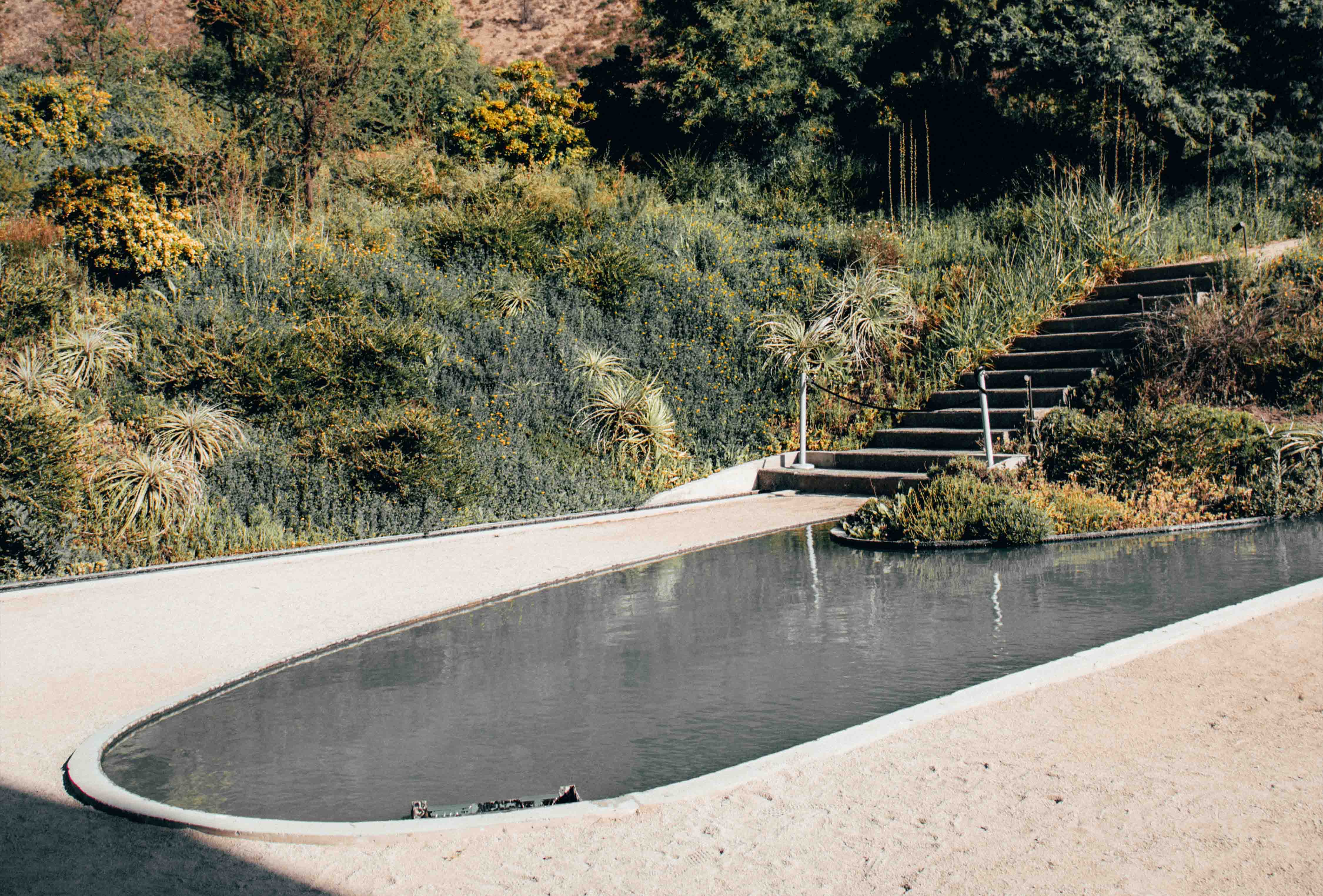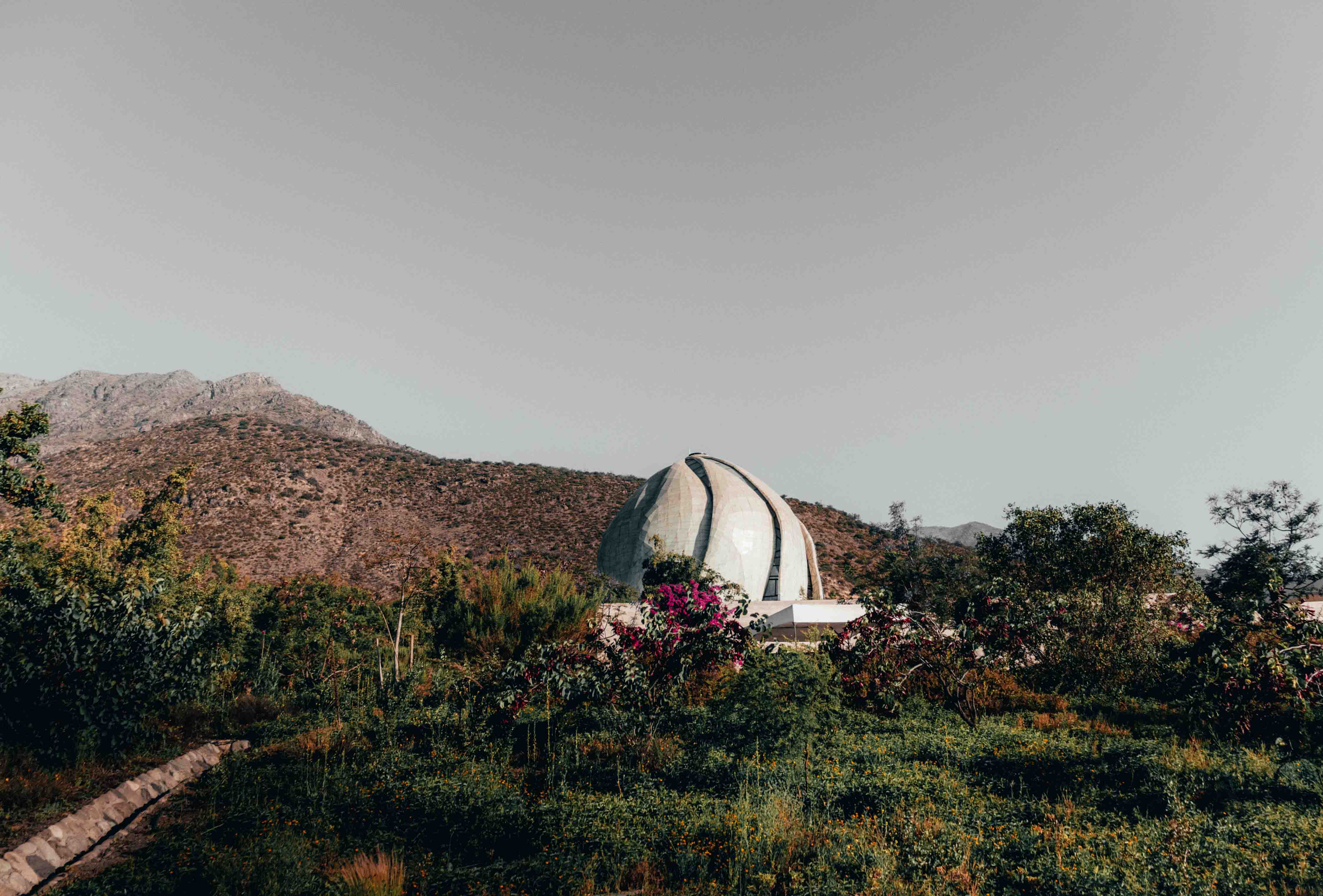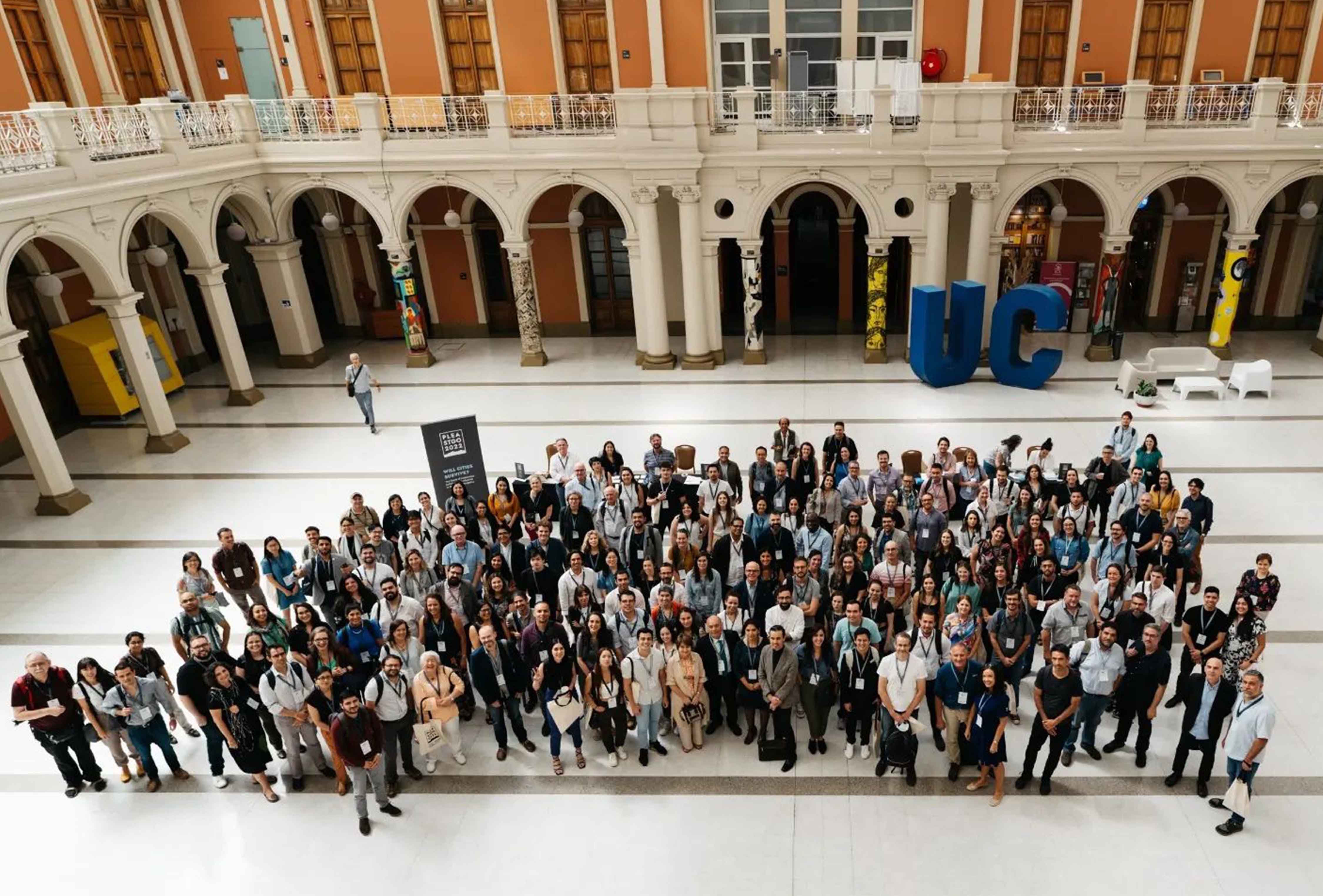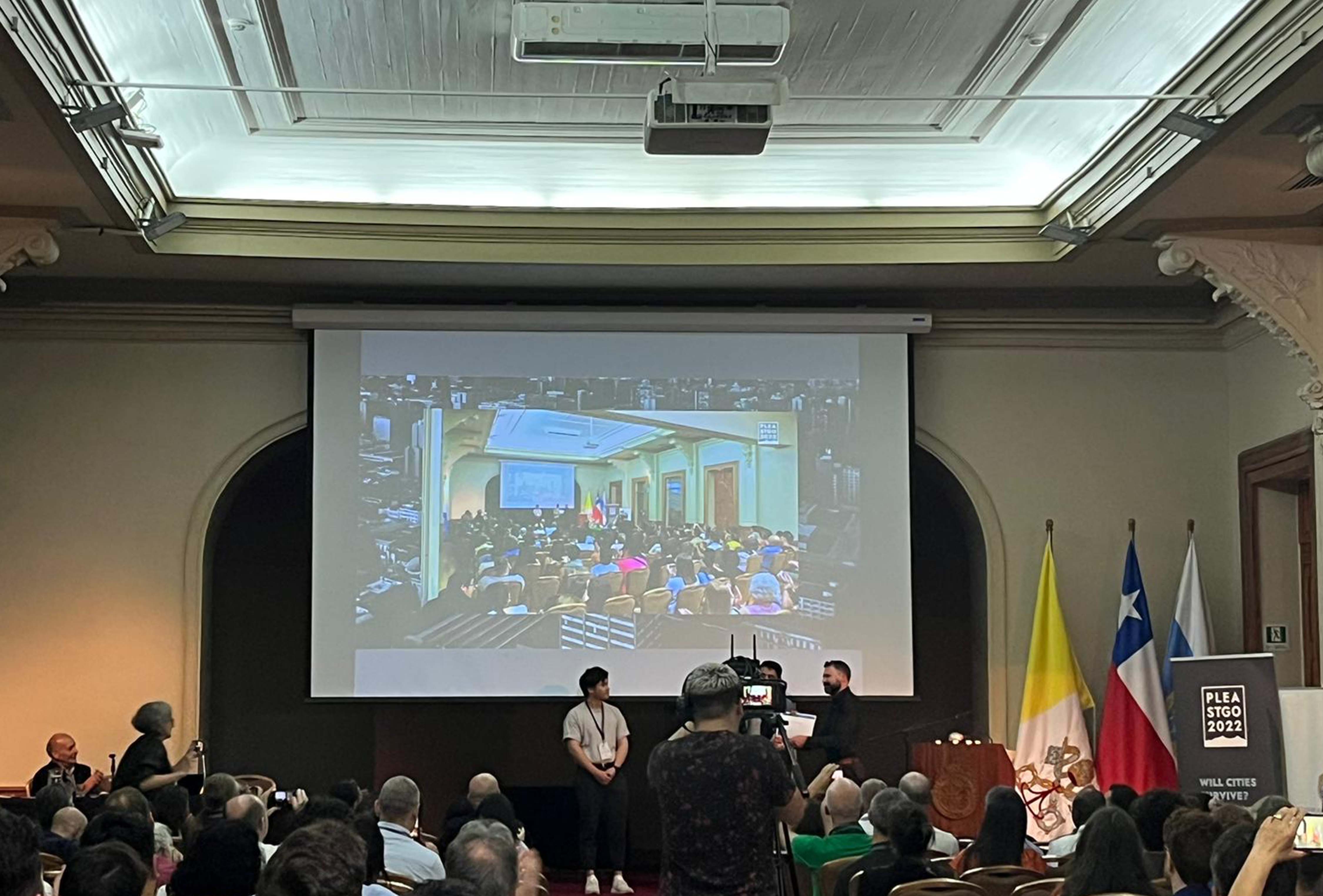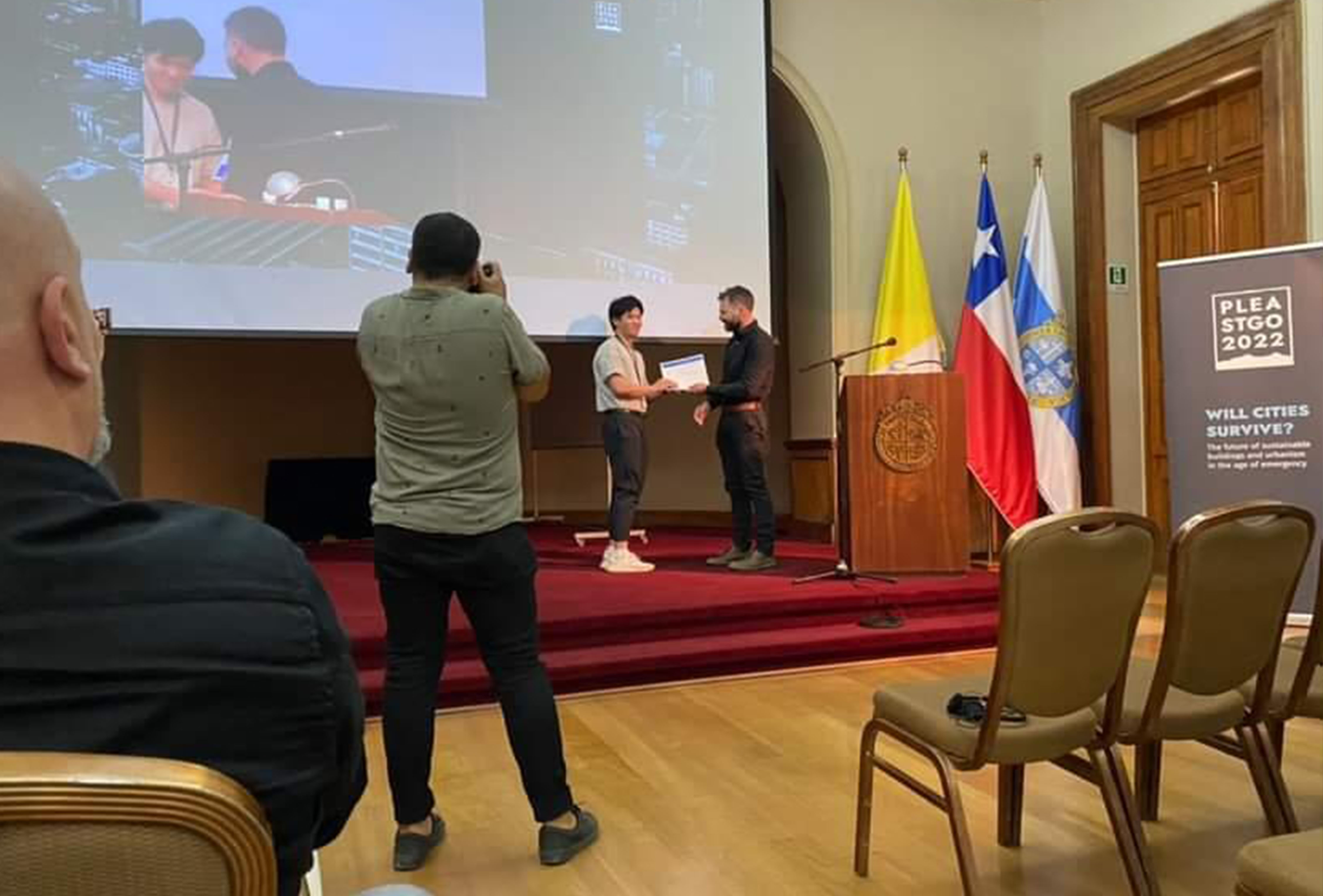Undergraduate Student Kelvin Hoang Presents Research at PLEA 2022
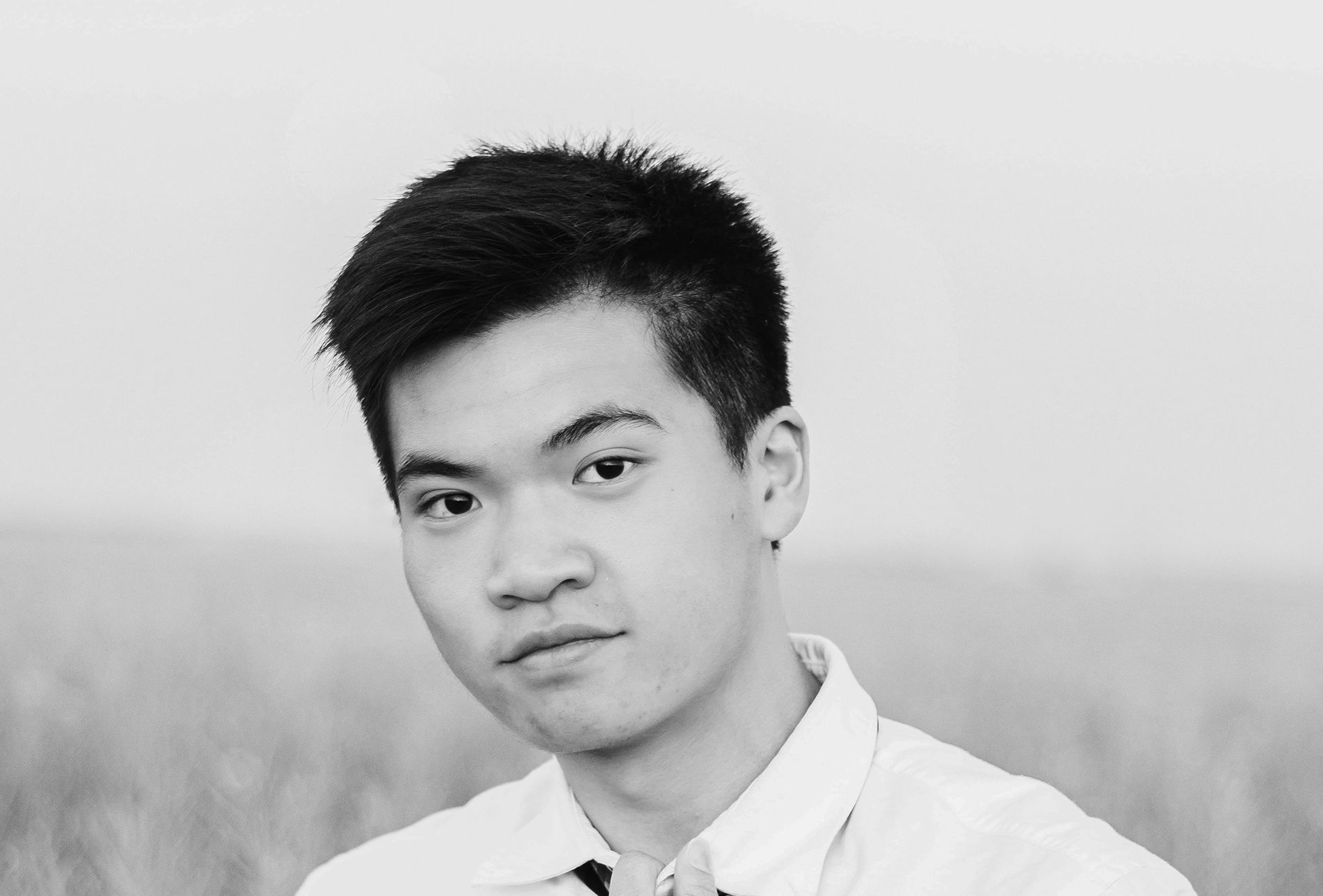
Despite it now being the spring and summer term on campus, there are still many students scattered throughout the Architecture Building. At the Department of Architectural Science, students either hold summer contracts within the school, participate in design-build projects, or are working in-class in anticipation for their studio abroad. For some students however, they’re on campus under the guidance of professors and conducting research. For many of these students, this is their first academic research experience beyond their classes.
For Kelvin Hoang, an incoming fourth year student who is finishing up his co-op term at DAS, this was a familiar experience.
In the summer of 2021, Kelvin applied to the Undergraduate Research Opportunities (URO) program, which allowed students to participate and engage in “Scholarly, Research and Creative (SRC) activities.” Under the guidance of Dr. Terri Peters, Kelvin and assistant professor Peters collaborated on studying light–usage within housing design.
Kelvin notes that Dr. Peters approached him with the opportunity during his second-year studio term. Then, between May and August, the two conducted research on lighting, including that of circadian lighting, to better understand its impacts.
The research culminated in a 6-page paper, which was titled “Optimisation of Housing Design Options for Human-Centric Lighting: Impacts of Architectural Parameters on Daylight.” The paper was submitted to the Passive and Low Energy Architecture (PLEA) conference (external link) , and Kelvin was invited to present the work in November of 2022 in Santiago, Chile.
This was Kelvin’s first international conference–both as a speaker, and as an attendee. Despite this, after Kelvin’s presentation at the PLEA conference, the research paper was awarded 'Best Paper,' commemorating the summer-long work that Kelvin and Dr. Peters pored over.
The 2022 PLEA conference theme, which focussed on “Will Cities Survive (external link) ,” addressed the intersections of the climate crisis, which is now pronounced as an emergency in academia, and that of sustainable buildings. The intensity of the situation allowed the conference to ask: “is this the last opportunity to effectively build a healthy, livable and equitable city?”
Kelvin, whose interest lies in sustainability, notes that his research looked at exploring ways to optimize designs for occupant comfort, while concentrating on the idea of a healthy built environment.
By utilizing three modeling and lighting simulations, Kelvin and Dr. Peters’ focus was on circadian lighting–also known as human-centric lighting.
To better understand the research, we sat down to speak with Kelvin about the URO program, his experience at the PLEA conference speaking and winning Best Paper, and his time in Chile.
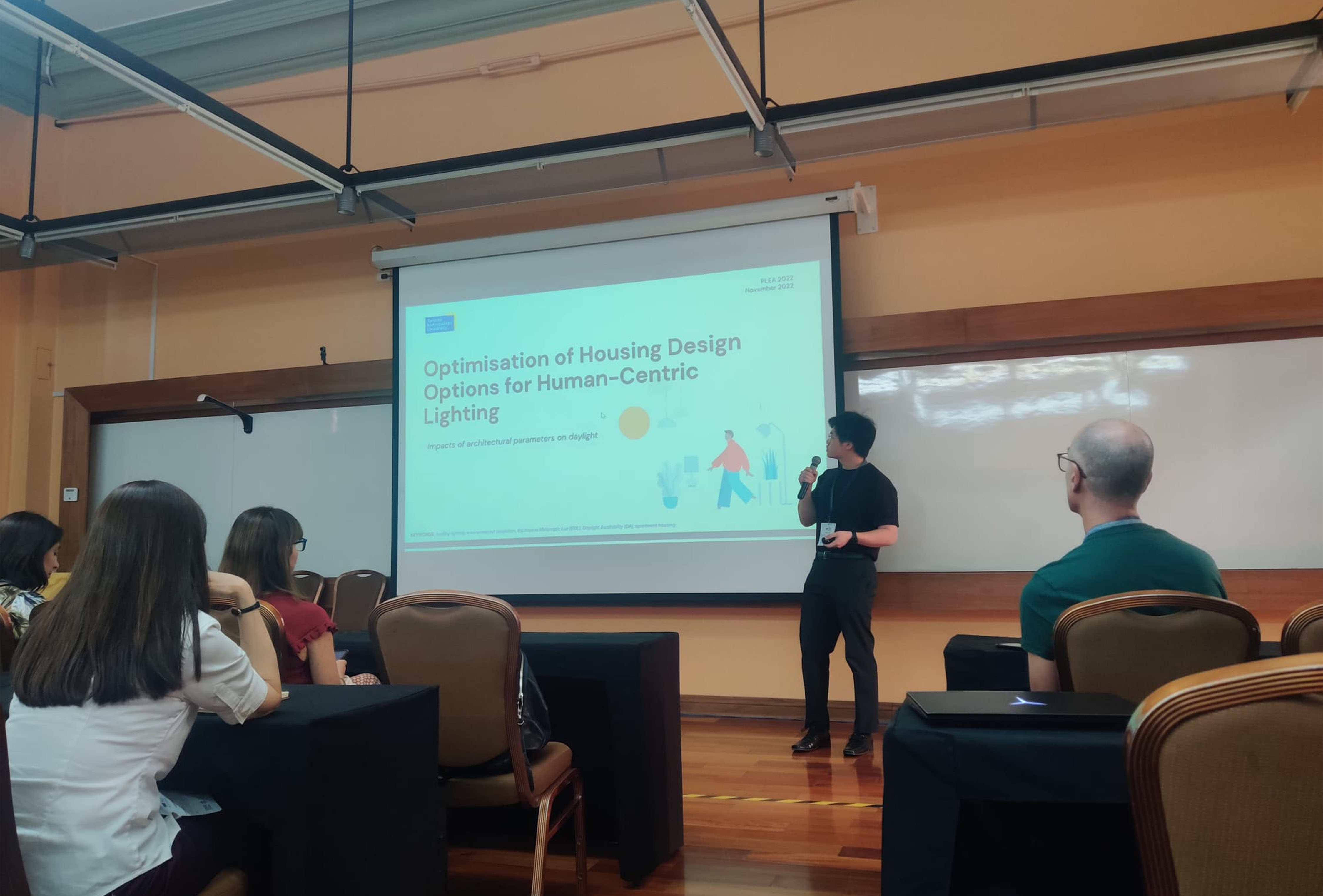
What was your SRC project about? How did you become interested in the topic and entering in the PLEA conference?
My research project was mainly about the optimisation of housing design options for human-centric lighting. To elaborate, we wanted to investigate the impacts of various architectural parameters, such as orientation, amount of glazing, interior layout, and finishes on the amount of daylight entering the typical condominium unit. We would measure these findings based on metrics such as daylight autonomy and equivalent melanopic lux, which are accepted by building standards like LEED and WELL.
I found this topic quite interesting primarily because while there was an abundance of research done regarding daylight in commercial buildings, there was little to none for those that fell in the residential category. Since COVID resulted in a mass shift to working from home, I thought it might be interesting to determine how to maximize healthy light during this crucial time. Once we had our results and discussion points, we compiled them into a 6-page research paper and submitted it to PLEA 2022 in November, an international conference focused on sustainable and energy-efficient architecture. Once accepted, we went through a few minor revisions and were ultimately accepted and prepared to present in November of the following year, 2022.
How did you find your experience conducting and participating in a research project during the pandemic? Especially for a project focused on lighting at home? Do you think it affected your research for the better or for the worse?
I would say for the better. Since everyone was at home, it was even more important to determine what the effects of healthy lighting were in these settings and how it could impact your productivity. I thought this was a crucial topic to look at during the time. And we found quite a few findings, such as the amount of daylight could impact your wellbeing.
For example, dark finishes have a really drastic effect on the amount of daylight that actually penetrates into your space as compared to light finishes. For example, if your walls are painted black as compared to neutral colours such as white or grey, then there’s a significant drop.
[...] There’s a drop of approximately 50%. Having a lack of healthy lighting can contribute to diseases, resulting in cancer or seasonal affective disorder. [...] It was really interesting to see how the finishes in your apartment, something as small as that, can really affect your perception and how healthy you actually become based on just daylight.
Tell me about your presentation in Chile, and the conference.
Since it was my first international conference experience, I found it to be a little daunting presenting in a completely foreign country around seasoned academics. However, what kept me confident was the fact that nobody knew my research more than I did, so the presentation went quite smoothly I would say.
Academically, the highlight of my trip would be presenting my findings to other researchers and eventually receiving an award for ‘Best Paper’ submitted to the conference.
Otherwise, I really enjoyed having some time to actually explore the city of Santiago and admire the scenery. The most memorable activity of the trip for me was hiking up a very high point to the Baháʼí Temple, where you could essentially see the entire city below. And the conference actually organized a few events for the participants, such as wine tasting, city tours, which I thought were quite enjoyable.
What was something you learned or took away from the process of presenting at a conference?
In a general sense, I find that presenting at a conference really opened my eyes to a whole other field of professional practice, namely research and academia. I’m really thankful for the opportunity to attend because I was able to connect with PhD students and professors from all parts of the world who were interested in similar topics as I was. Presentations at the conference felt more like discussions, which I thought was really great because you can get all these other perspectives to voice their opinions on your work and how to evolve your Investigations.
What was the most memorable presentation for you at the PLEA conference?
There was one presentation that I sat in that was kind of similar to my topic. I believe it had to do with lighting and types of electrochromic glass, and how that affects the amount of light that penetrates through.
I thought that was interesting because before we actually started our research, we looked a lot into existing literature, and I found that this person [who had] actually presented at a previous conference, was elaborating on her research [here]. [...] I connected with her afterwards and we exchanged contact information, and I thought that was a really great experience to have.
How would you say your experiences informed your decision to participate in the URO program? Did it influence your research topic?
Leading up to my participation in the URO program, I had a bit of a fixation on pursuing professional practice as an architect in the future. It seemed that was a path that most would take in my field of study. However, the URO program offered me a change of pace and another perspective on career opportunities.
Academically, I owe a lot of my success with the URO program and my research to my supervisor and I personally could not have done it without her guidance.
In terms of my research topic, it was also fueled by a growing concern of unhealthy lighting in these multi-unit residential buildings, which have been appearing exponentially over the past few years.
Would you recommend the program to current students? If so, do you have any words of wisdom you can provide them with?
I would definitely recommend the URO program to current students who are interested in pursuing a career or higher education in their current field of study. Specifically, the URO program would be beneficial for students who want to explore a very specific research topic or build on existing knowledge with innovative methods. I personally believe that it will also give you have an experience similar to what you would have conducting a thesis in your graduate studies.
In terms of advice, I’d recommend finding a professor whose research interests align with yours, and connecting in order to move forward with an application.
Images courtesy of Kelvin Hoang
